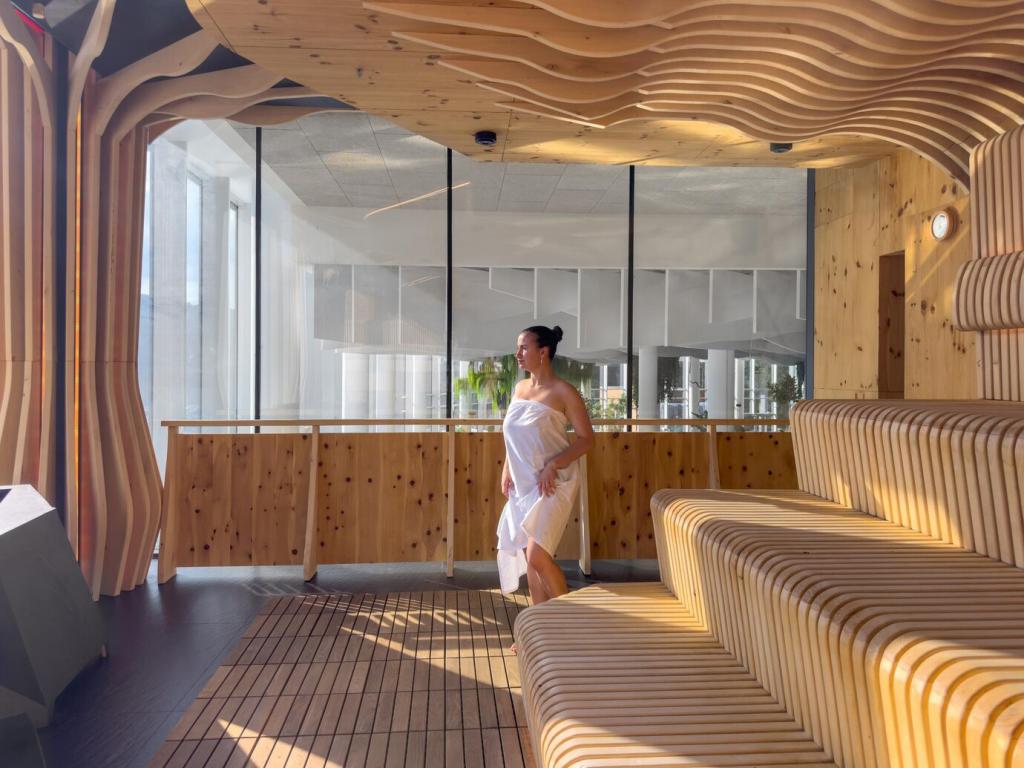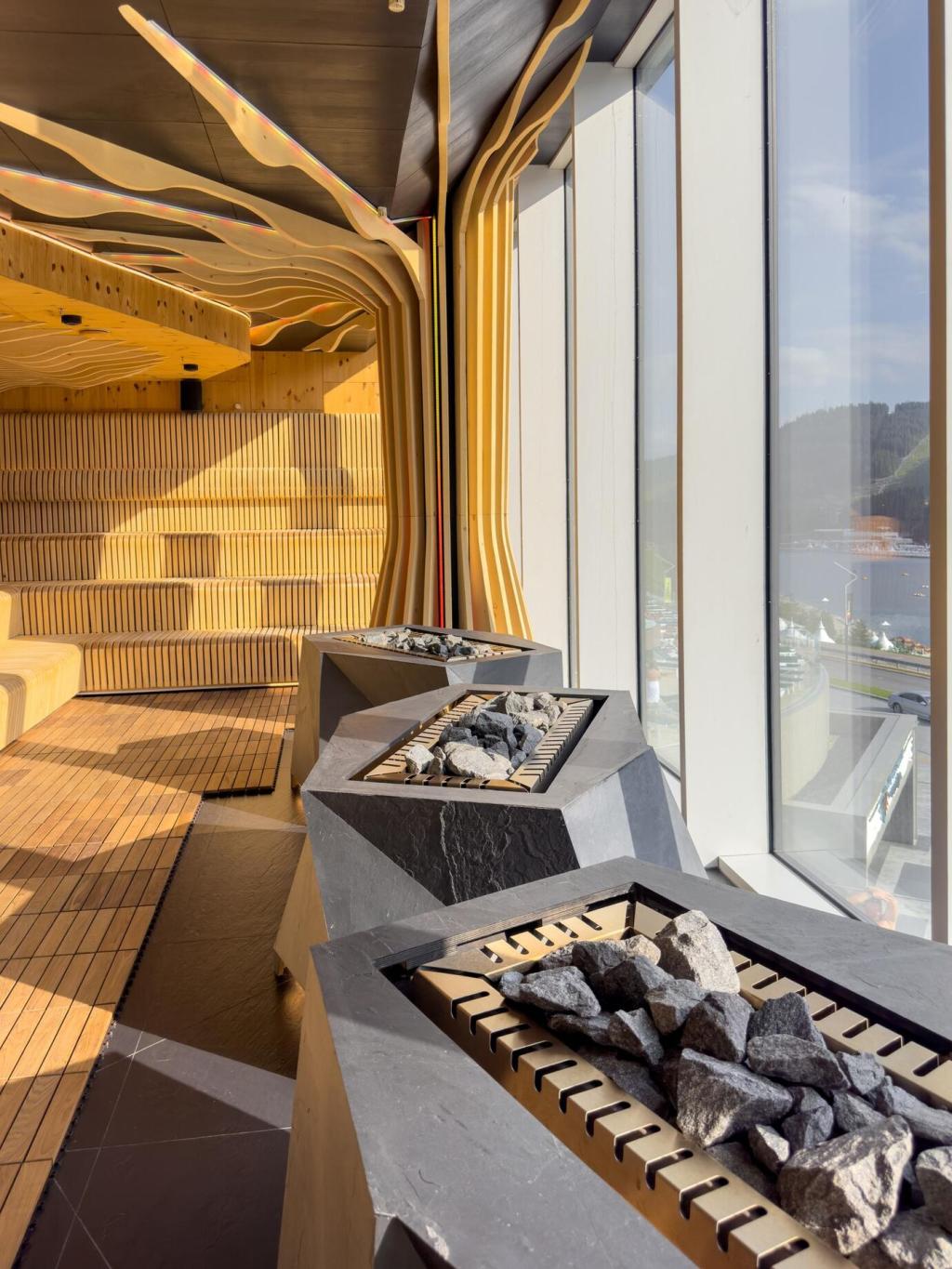Sustainable Design Practices: Build Smarter, Live Lighter
Today’s chosen theme: Sustainable Design Practices. Explore practical principles, uplifting stories, and actionable steps that help you design spaces and products that tread lightly, delight users, and inspire change. Join the conversation, share your ideas, and subscribe for weekly green design insights.
Foundations of Sustainable Design Practices
Shift your lens from first costs to whole-life impacts. Consider extraction, manufacturing, transport, use, maintenance, and end-of-life. Life-cycle thinking reveals hidden trade-offs and uncovers smarter options that last longer and pollute less.


Foundations of Sustainable Design Practices
Choosing low-VOC paints, FSC-certified wood, or recycled steel may feel modest, yet these decisions compound. One studio’s simple switch to recycled aluminum trim cut embodied energy dramatically, while also strengthening their sustainability story to clients.
Materials and Circularity
Choose Low-Impact, Transparent Materials
Prioritize Environmental Product Declarations, third-party certifications, and traceable supply chains. Recycled aluminum can save up to 95 percent of energy versus virgin stock, and agricultural byproduct panels deliver strength with dramatically lower embodied carbon.

Energy Wisdom and Passive Strategies
Start with massing and glazing balance. Insulate thoughtfully, eliminate thermal bridges, and right-size windows. Exterior shading and selective glazing reduce heat gain, keeping interiors comfortable while slashing cooling demand without sacrificing daylight.

Health, Wellbeing, and Biophilic Design
01
Clean Air, Happy Lungs
Specify low-VOC finishes, seal combustion sources, and bolster ventilation with high-efficiency filtration. Construction-phase protection and careful commissioning safeguard indoor air so occupants enjoy healthier spaces from move-in day forward.
02
Nature’s Patterns, Human Calm
Natural textures, views to greenery, and circadian-aware lighting reduce stress and boost satisfaction. A simple planter wall near a busy corridor once quieted traffic flows because people instinctively slowed to enjoy the living backdrop.
03
Comfort You Can Feel
Thermal zoning, acoustic absorption, and glare control matter as much as kilowatt-hours. When comfort is designed in, people linger longer, collaborate more, and advocate for sustainable choices beyond the walls you created together.
Stories From the Field
A small creative studio retrofitted LED lighting, added task lamps, sealed envelope gaps, and installed ceiling fans. Bills dropped fast, and employees reported fewer headaches thanks to better lighting quality and more consistent temperatures.
Stories From the Field
Volunteers mapped plug loads, scheduled equipment, and embraced window ventilation. With a modest insulation top-up and timer switches, the hall saved money for youth programs. Locals now teach neighbors how to replicate the approach.


Measuring, Reporting, and Advocacy
Track Energy Use Intensity, water intensity, and embodied carbon with life-cycle assessment. Buildings and construction contribute roughly a third of energy-related emissions globally, so quantified reductions help you prioritize interventions that move the needle.

